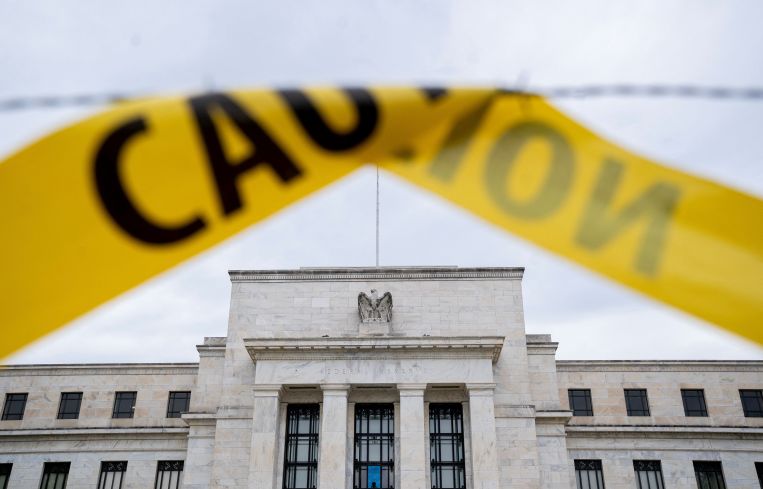New Federal Reserve Survey Pegs CRE as Fourth Biggest Risk to Financial Stability
By Andrew Coen May 9, 2023 4:48 pm
reprints
A new financial stability report from the Federal Reserve underscores the already well-reported risks of rising interest rates to the commercial real estate industry, as business professionals and academics weighed in on their biggest economic concerns.
The biannual survey released Monday cited the CRE market as the fourth-largest financial stability concern with the central bank’s hawkish interest rate strategy, risks of more bank collapses and heightened U.S.-China tensions ranking first through third. CRE topped other issues of concern from survey respondents, including Russia’s invasion of Ukraine and political battles in Washington about raising the nation’s debt limit.
The poll involved 25 professionals employed at broker-dealers, investment funds, and research and advisory organizations as well as universities.
“Many contacts saw real estate as a possible trigger for systemic risk, particularly in the commercial sector, where respondents highlighted concerns over higher interest rates, valuations and shifts in end-user demand,” the report said. “Some market participants associated risks in real estate with the emergence of banking-sector stress, noting some bank exposures to underperforming CRE assets could prompt instability.”
The report noted that concerns about the CRE market has prompted the Fed to increase monitoring of CRE loan performance “and expanded examination procedures for banks with significant CRE concentration risk.”
Tom LaSalvia, a senior economist at Moody’s Analytics, said that while he expects there to be some headwinds for CRE in the near term, it likely won’t trigger contagion across the broader economy.
“We feel like there is enough capital as well as other income generation going on with most commercial real estate properties to allow stakeholders to either kind of push off that refinancing or get creative with it or ultimately to have a creative infusion of capital come in,” LaSalvia said. “Do we see value declines, yes, do we see some stress and more delinquencies, yes, but we’re not about to sound those alarm bells as this is the next great financial crisis coming from CRE.”
The Fed has increased interest rates 10 straight times since March 2022, raising rates from near zero to between 5 and 5.25 percent marking a stark contrast from the borrowing conditions the CRE industry has enjoyed the past few years.
CRE values remain “very elevated” despite weakened transaction activity over the last year since the interest rate increases, the report notes, but a correction to properties like office buildings and downtown retail properties could penetrate to many banking institutions due to increased hybrid working trends, according to the report.
Losses on CRE loans will hinge largely on leverage with property owners who have “substantial equity cushions” less likely to default, while those with high loan-to-value (LTV) ratios will find a harder time refinancing or modifying their debt, according to the Fed report’s authors. Loans backed by office buildings and downtown retail properties had LTVs in the range of 50 to 60 percent on average as of the fourth quarter 2022, but they could rise “considerably” if CRE property valuations were to fall, the report states.
Andrew Coen can be reached at acoen@commercialobserver.com


